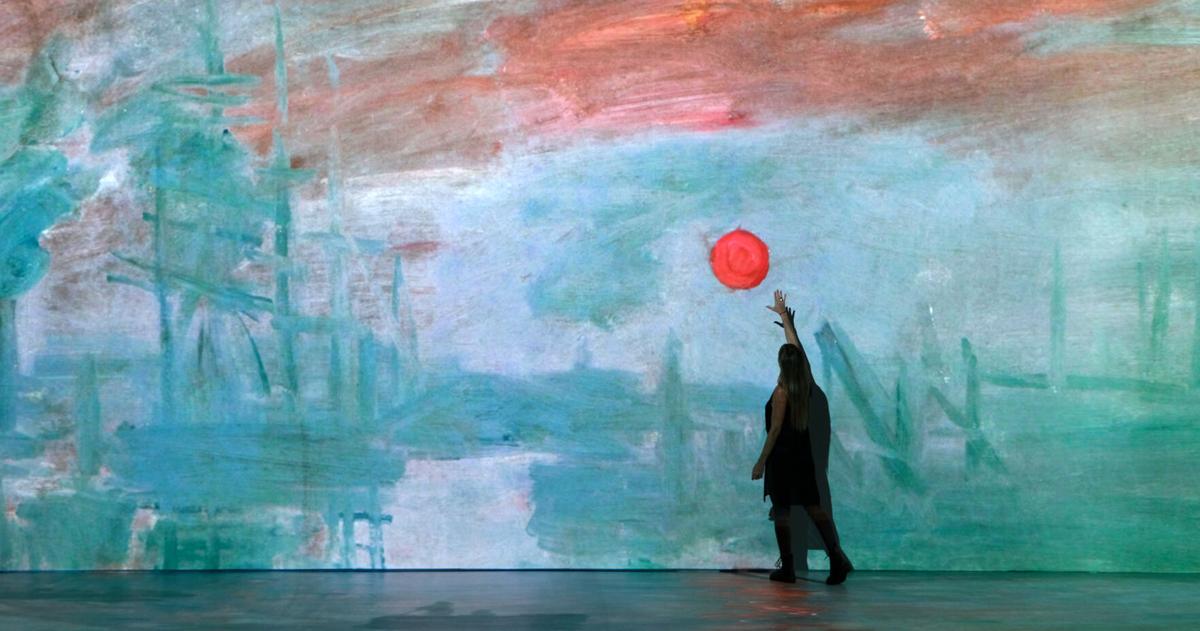
Aging for Amateurs: The world as the aging artist saw it provides lessons
The artist “hallows his diminishment” as a gift of mature age, the gift of priceless insight. He continues: “I will not return to a universe / of objects that don’t know each other. . . . The world / is flux, and light becomes what it touches, / becomes water, lilies on water.” We don’t know in words what Monet himself felt about his changing vision. But we have his paintings, and in those we see discreet things spilling into each other, we hear them speaking in a non-literal, non-“knowing” voice that doesn’t fully reveal what the painting portrays. Not breaking things down and analyzing them, but becoming aware of their “strange entanglements” as quantum physics was beginning to do when Monet died in 1926. As his eyesight diminished, Monet’s vision outgrew what he called, in Mueller’s poem, “my youthful errors: fixed notions of top and bottom, the illusion of three-dimensional space, wisteria separate from the bridge it covers.” Now he was improvising at the frontier of the unknown. The traveling exhibition “Beyond Monet,” along with Mueller’s poem, put the inevitable physical changes of age in a different light for me. Like many in my age cohort, I’ve had cataracts removed from both eyes. I wear hearing aids, have one artificial knee and a partial bridge. My list goes on of age malfunctions mitigated so as to keep going. I’m no Claude Monet refusing cataract surgery. So my dialogue with him is not just pleasant chit-chat. What he says to me — through his paintings, through clues in Mueller’s poem — is direct and confrontive. It goes something like this: “Everything depends on what you make of the changes happening in your body,” I hear him say. “Think: as you’ve increased in years, have you learned the secret of letting go? Are you able to let go of things, abilities, fixed ideas, even a worn-out self-concept? Are you able to see letting go as falling upward into a new reality?